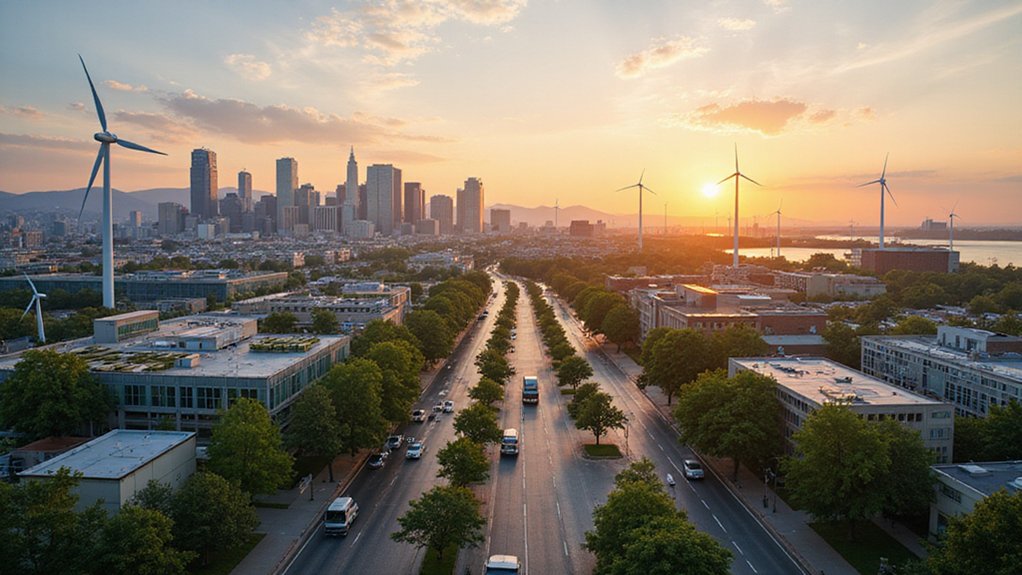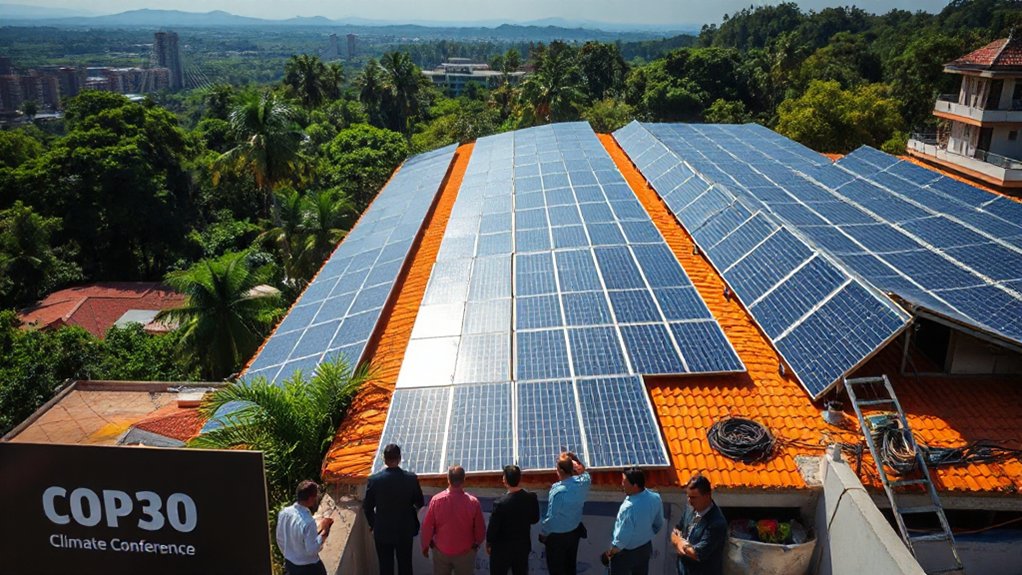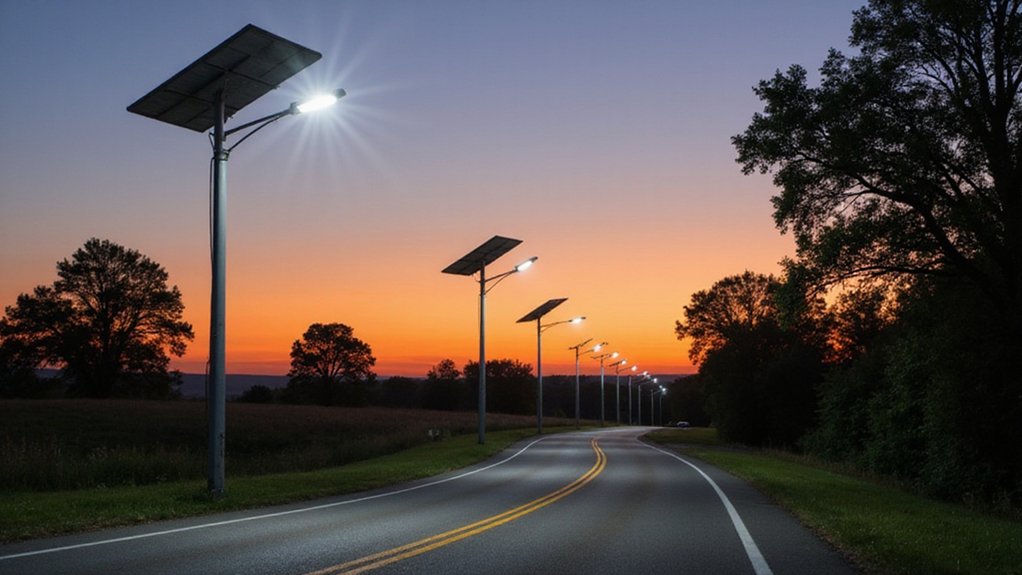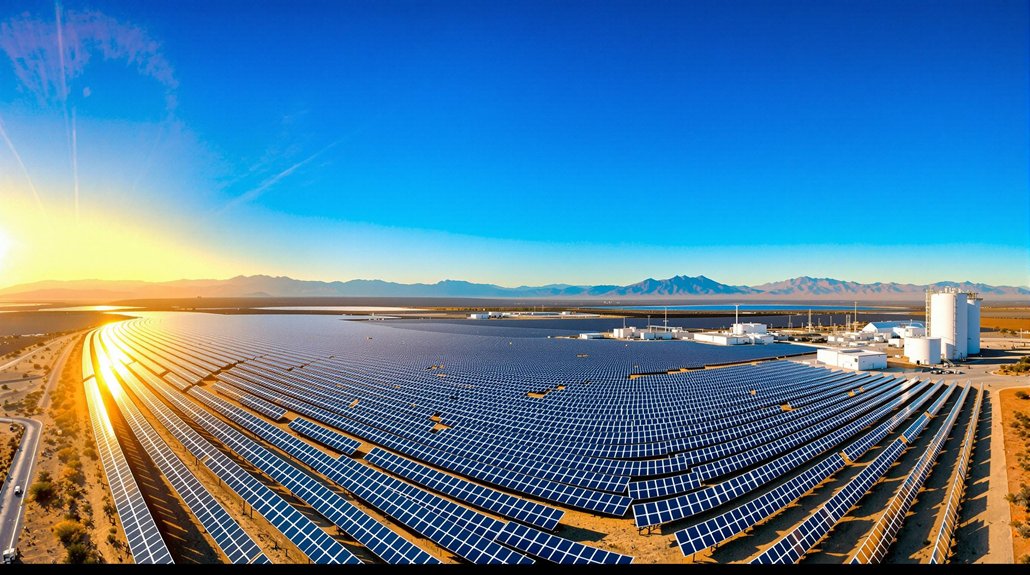Several American cities have ditched fossil fuels entirely. Burlington, Vermont and Aspen, Colorado already run on 100% renewable electricity. Greensburg, Kansas rebuilt green after a tornado, now powered completely by wind. California cities like San Francisco push ambitious targets, while even Texas is moving to renewables. Portland’s halfway there, with social justice built into its change. These local successes prove we don’t need to wait for Washington to solve climate problems.
A quiet transformation is sweeping across American cities, and fossil fuels are the casualty. Burlington, Vermont didn’t make headlines on CNN, but it should have. In 2014, this modest New England city became America’s first to hit 100% renewable electricity. No coal. No natural gas. Just hydropower, biomass, and wind. The city-owned utility made it happen while the rest of the country was still debating if climate change was real.
Aspen wasn’t far behind. The Colorado ski town reached 100% renewable electricity in 2015. Turns out rich people skiing pristine slopes don’t want their grandkids skiing on water. They diversified their renewable portfolio like a hedge fund manager diversifies stocks—hydroelectric, wind, solar. Smart.
Then there’s Greensburg, Kansas. A tornado destroyed almost everything in 2007. Instead of rebuilding the same old town, they went all-in on sustainability. Wind power supplies all city electricity now. Their impressive wind farm of 10 turbines generates enough power for the entire community. LEED Platinum buildings everywhere. Mother Nature knocked them down, and they got back up greener. That’s some serious Midwestern stubbornness.
California cities are predictably showing off. San Francisco and Santa Monica set ambitious renewable targets while diverting waste from landfills. They’re electrifying public transit and installing solar panels like it’s a competition. Because for them, it is.
Even in oil-loving Texas, Austin is targeting 55% renewable electricity by 2025. They’ll probably hit it early. Residents can choose green energy through their utility. Wind and solar prices keep dropping. The transition is gaining momentum as tax credits help offset the initial installation costs. Fossil fuels can’t compete, even in the Lone Star State. Ironic.
Portland stays Portland-weird by sourcing over half its electricity from renewables. They’ve implemented strategies to ensure benefits and jobs reach historically disadvantaged groups during their climate transition. They’ve mastered public transportation electrification while most cities are still figuring out how buses work.
These cities aren’t waiting for Washington to figure things out. They’re decarbonizing buildings, transforming transportation, innovating in industry. Households and businesses are joining in. The fossil fuel era isn’t ending with a bang. It’s dying quietly, one U.S. city at a time.
References
- https://www.earthday.org/a-renewable-revolution-how-six-us-cities-are-leading-the-charge-to-clean-energy/
- https://www.urban.org/urban-wire/three-ways-cities-can-support-just-transition-renewable-energy
- https://www.towerfast.com/press-room/us-cities-that-run-entirely-on-alternative-energy
- https://www.wri.org/insights/clean-energy-progress-united-states
- https://sc.osti.gov/-/media/sbir/pdf/funding/2025/2025-Phase-I-Release-2-Topics-V8-01-14-2025.pdf









